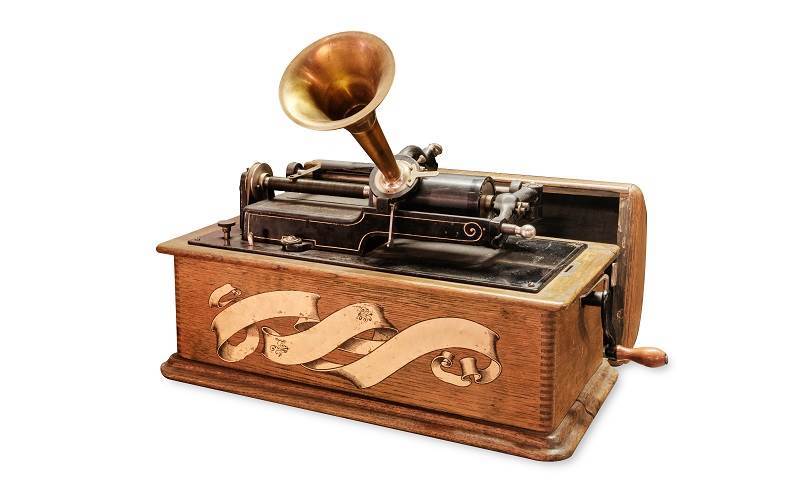 I remember the day I first saw a CD player. I was in Stereo West, a HiFi store in Omaha, Nebraska, where I grew up. It was in December 1982 that I encountered the Sony CDP-101 with a price of $749 ($2,235 adjusted for inflation). I thought to myself: this will change everything. And it did until …
I remember the day I first saw a CD player. I was in Stereo West, a HiFi store in Omaha, Nebraska, where I grew up. It was in December 1982 that I encountered the Sony CDP-101 with a price of $749 ($2,235 adjusted for inflation). I thought to myself: this will change everything. And it did until …
The holiday shopping season 2001 when I encountered an iPod for the first time at a Circuit City store in Manchester, Connecticut. Apple CEO Steve Jobs said at the iPod’s launch that the $399 device ($628 in 2022 dollars) could put, "1,000 songs in your pocket." I thought to myself: this will change everything. And it did until …
Apple struck again with the iPhone in 2007. No longer would someone need to carry a separate digital music device. All the music you purchased could be managed by iTunes on your phone. I thought to myself: this will change everything. And it did until …
Streaming apps like Pandora and Spotify launched on the Apple App and Google Play stores. Now, someone did not need to buy albums or individual songs via digital download. A subscription would allow users to “rent” their music. I thought to myself: this will change everything. And it did until …
Until what? What’s next? I’m not sure, but why all the talk about music? Because I am fascinated by how technology applies, impacts, and supports those things common to our human experience.
According to the website Oldest.org, music has been around for at least 55,000 years and exists in every culture. Initially, the melodies and songs were communicated through oral tradition. But that changed about roughly 3400 years ago when the melody known as the Hurrian hymn No. 6 was written into clay tablets in about 1400 BC.
For the next 3,277 years all music that was heard was live. No method of recording and playback existed until 1877 when 30-year-old Thomas Edison invented the phonograph.
With Edison’s invention, playback was on demand at any time. I can only imagine how startled people must have been to hear the first recordings from the phonograph. They were not high fidelity by any stretch of the imagination, but I suspect people thought very much what I did when I encountered a CD player for the first time: this will change everything.
Fast forward to December 2022 – we are the beneficiaries of 145 years of technological development of music recording and playback. In fact, all sorts of things that are part of our human experience have rapidly developed in the past century.
Another example is the photograph. The earliest fixed camera image was created in 1826 and required at least eight hours of exposure time. Ever wonder why your great-great grandparents looked so serious in photos from the late 1800’s? They had to sit still for as long as 20 seconds. Think about that the next time you snap a digital photo with your smartphone.
The list goes on and on, but the common thread through it all is now we are at a point in history where we can have any of these things at any time in any place. Edison and many other innovative men and women laid the groundwork, and we are reaping the rewards.
So, what about the future? Where do we go from here?
I can’t envision where something like music recording and reproduction will be 145 years from now, but music will remain. I bet there are innovations yet to come that will dazzle like the phonograph, CD Player, and iPod.
One final thought … I had a professor in college who constantly reminded us we were living through history. He advised us to keep our eyes open and take note. I am not only taking note, but I am also enjoying the ride (and my Spotify playlist on my smartphone).
If you need help with your ride through the technology changes you see, LRS IT Solutions may be able to help, so contact us.
About the author
Patrick Schmidt is a Technology Lifecycle Management Specialist with LRS IT Solutions. For more than 24 years, he has been helping customers get a firm grasp on their asset and contract management with a combination of comprehensive service level analysis and lifecycle management best practices.